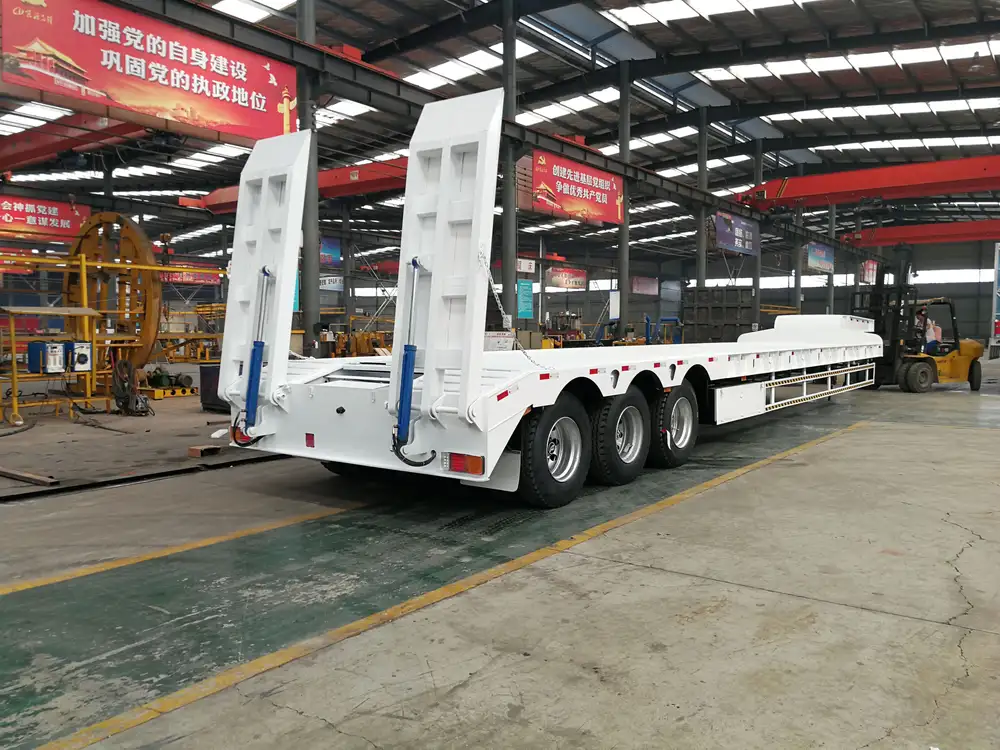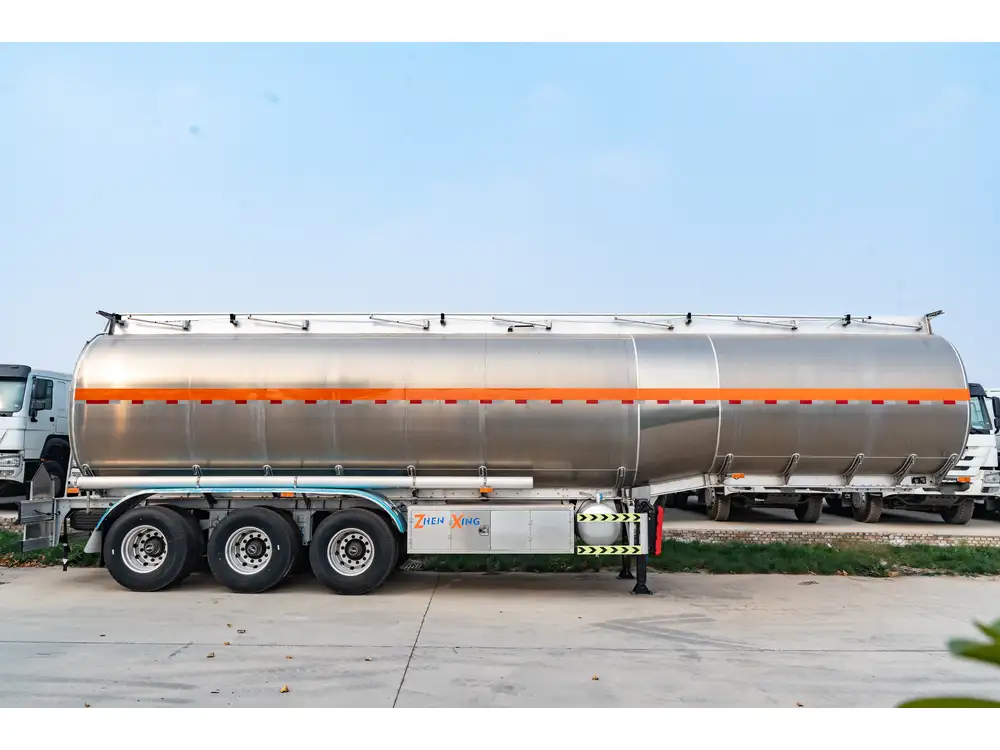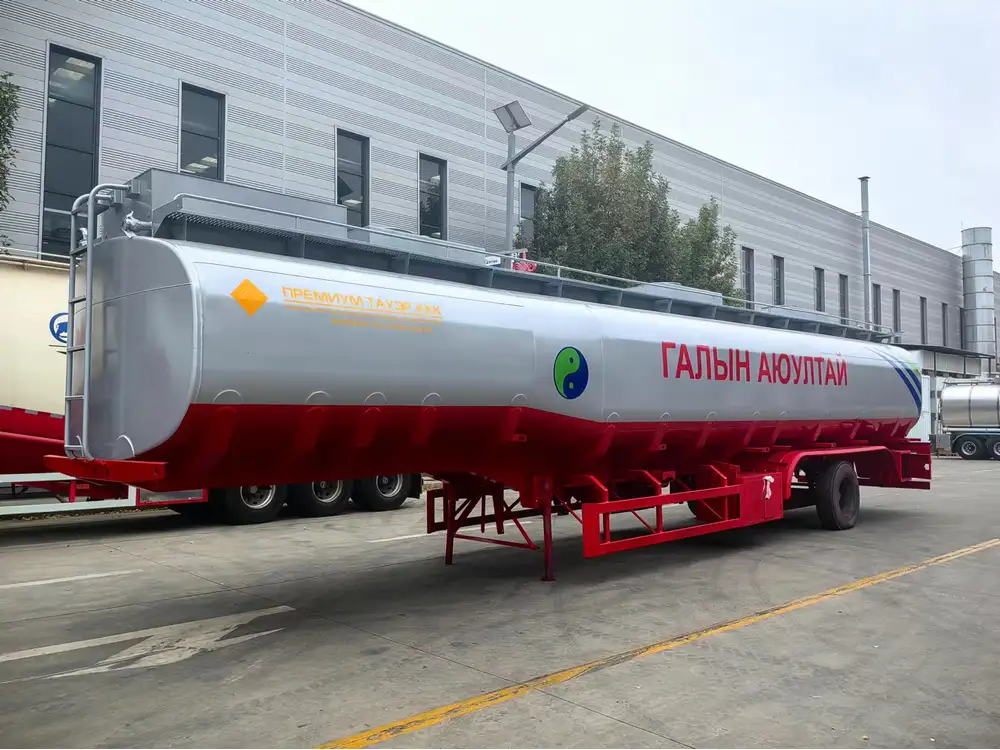Ensuring the safety and reliability of tractor semi-trailer connections is paramount in the trucking industry. A secure connection not only minimizes the risk of accidents but also enhances operational efficiency. This detailed guide provides comprehensive insights into testing the tractor semi-trailer connection for security, encapsulating best practices, methods, and essential checks to guarantee maximum safety.
Understanding the Importance of a Secure Connection
Tractor semi-trailer connections are critical components which articulate the movement between the tractor and trailer. An insecure connection can result in unanticipated detachment — a phenomenon that poses significant risks to the driver, cargo, and other road users. Let’s delve into the essential reasons for secure connections:
| Key Considerations | Impact of Insecure Connections |
|---|---|
| Safety | Increased accident likelihood |
| Cargo Security | Potential loss or damage to freight |
| Legal Compliance | Risk of penalties or fines |
| Operational Efficiency | Downtime due to accidents or inspections |
| Insurance Rates | Potential increase in premiums |
Initial Visual Inspection

1. Inspecting Connection Components
Start by conducting a thorough visual inspection of the connection components, which include the fifth wheel coupling, kingpin, and trailer frame. Look for any signs of wear, corrosion, or damage.
Checklist for Visual Inspection:
- Fifth Wheel Condition: Check for cracks, rust, or deformation.
- Kingpin Integrity: Ensure it’s not bent or excessively worn.
- Trailers Frame: Look for fissures or signs of fatigue around the coupling area.
2. Assessing Connection Alignment
A misaligned tractor semi-trailer connection can result in undue pressure on the components, thereby leading to premature wear. The following steps will help in ascertaining proper alignment:
- Visual Alignment Check: Stand back and ensure both units are aligned. The tractor should be parallel to the trailer.
- Utilize Measurement Tools: Employ measuring tape or laser levels to ensure straight alignment, within manufacturer specifications.

Mechanical Checks
3. Performing the Locking Mechanism Test
The locking mechanism of a fifth wheel is crucial for maintaining a secure connection. Conduct the following procedures to verify its functionality:
- Engagement Test: Manually engage the locking mechanism to confirm it fully utilizes the kingpin. Look for a positive “click” sound.
- Unlocking Test: After locking, try to dislodge the trailer by pulling away gently to ensure it remains connected.
4. Inspecting Safety Chain and Trailer Brake Check
Safety chains are a secondary line of defense if the primary connection fails. Here’s how to check them effectively:
- Chain Condition: Check for fraying, kinks or rust. They should be rated for the trailer’s maximum weight.
- Connection Points: Ensure chains are adequately and securely attached to both the tractor and the trailer.

Trailer Brake System Check
- Operational Test: Engage the trailer brakes while stationary to confirm they respond correctly.
- Visual Inspection: Examine brake lines for leaks and check for wear on brake pads.
Functional Testing Under Load
5. Conducting a Road Test
Once mechanical checks are complete and all components appear secure, it’s essential to conduct a controlled road test to observe how the connection behaves under operational conditions:
- Load Testing: Attach a trailer with a balanced load. Ensure even weight distribution.
- Gradual Acceleration: Start the vehicle and gradually accelerate, paying attention to any unusual movements or sounds.
- Deceleration and Turning: Test braking at various speeds and perform turns to gauge how well the trailer stays aligned.

6. Monitoring for Unusual Vibrations
During the road test, be vigilant for vibrations or instability that may indicate a problematic connection. Employ these practices:
- Driver Sensitivity: As the driver, note any shaking or wobbling. These could be signs of an insecure connection.
- Post-Drive Inspection: After a significant drive, conduct another visual check of the connection assembly to identify any changes that occurred while driving.
Advanced Inspection Techniques
7. Utilizing Diagnostic Tools
For a more technical approach, consider leveraging advanced diagnostic tools that can analyze the connection’s integrity more precisely:
- Torque Wrench: This ensures bolts are tightened to the manufacturer’s specifications.
- Ultrasonic Testing: Employ ultrasonic devices to detect internal flaws in the metals of the connection points.
- Brinell Hardness Tester: Evaluate the hardness and wear of metal components to gauge their lifespan.

Understanding Manufacturer Guidelines
8. Following Manufacturer Specifications
Each manufacturer of tractor semi-trailers provides specific guidelines for testing and maintenance protocols. Familiarize yourself with those guidelines to enhance safety and compliance:
- Refer to OEM Manuals: Understand the recommended inspection frequencies, weight limits, and maintenance procedures.
- Keep Up with Modifications: Any customizations to the tractor or trailer may require adjustments to testing procedures.
Best Practices for Regular Maintenance

9. Setting a Routine Inspection Schedule
Develop a systematic maintenance regimen to ensure ongoing security of the tractor semi-trailer connection:
- Daily Checks: Before each trip, run through a quick visual and functional inspection routine.
- Weekly Maintenance: More thorough checks can be done weekly, focusing on critical components.
- Annual Overhaul: A comprehensive review of the hydraulic, electrical, and mechanical systems should be scheduled annually.
10. Training and Documentation
Providing training to drivers and maintenance personnel is vital for effective testing:
- Training Sessions: Organize workshops focusing on connection testing techniques and safety protocols.
- Documentation: Maintain records of inspections, repairs, and maintenance to establish a history that can evaluate trends and identify potential issues.
Conclusion
Testing the tractor semi-trailer connection for security is not merely a procedural necessity; it embodies a commitment to safety and responsibility on the road. By adhering to these comprehensive checks and best practices, we can significantly mitigate risks associated with insecure connections, ensuring safe and efficient transportation for all.
Engaging vigilant inspection habits, leveraging cutting-edge tools, and cultivating an informed workforce will empower us towards higher standards of safety and reliability. Your diligence will not only keep roads safer but also foster trust within the trucking industry, encouraging a culture of responsibility and professionalism.



